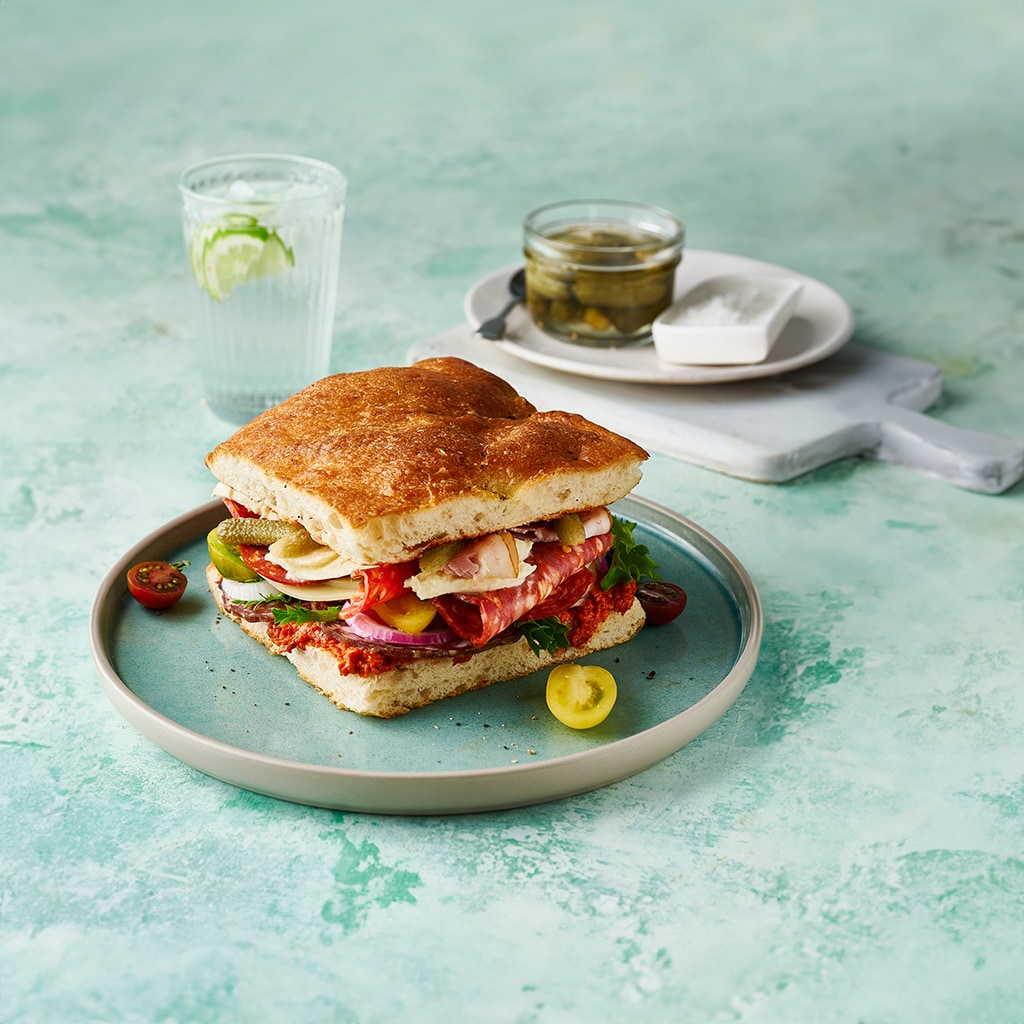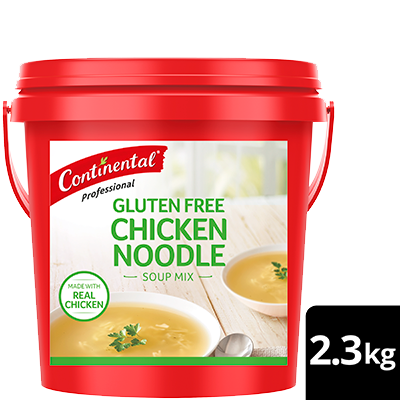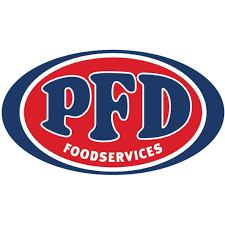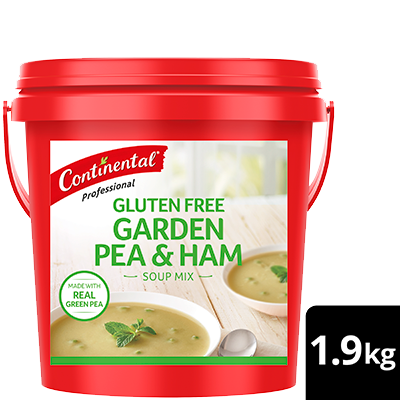Posted on Monday, 30th June, 2025
Nutritious and heart-warming, soup is an aged care staple. We spoke to four aged care providers: Blue Care, Arcare, Regis Aged Care, and Respect Aged Care about the role of soups on their menus, popular flavours and some of the challenges with preparing and serving this menu favourite to the residents.
All four groups serve soup daily, most commonly as part of the dinner service, with some homes also providing a soup option at lunchtime - particularly in the cooler months.
“90% of our residents will choose soup if it is offered”
Regis Aged Care
Familiar flavours are on high rotation
When it comes to favourites, some flavours are in higher demand. Across all the providers we spoke to, pumpkin soup and simple tomato soup emerged as the most popular, followed by pea and ham, cream of chicken, and potato-based blends like leek and bacon.
These are flavours that evoke memories of childhood, home cooking, and family meals.

“Tomato soup is incredibly nostalgic. Often, the simpler the soup, the more connection it can create.”
Arcare
Adding new flavours
There is also room for surprise. With growing diversity in resident backgrounds, more adventurous flavour options are starting to appear on menus.
Mulligatawny, a spicy, Asian-inspired lentil and vegetable soup, has gained unexpected popularity with one of the homes we spoke with.
According to Blue Care, they encourage multiple chefs to contribute to the menu. With 40+ residential aged care homes, there is a diverse group of chefs who bring their own cultural and family recipes to the table. The chefs share what is working in their kitchens and what residents enjoy, so introducing new flavours and types of soup is communicated across all the homes via the chef’s group chat.
Comfort in a bowl
Beyond taste, soup plays a key emotional and sensory role. All the providers described how the aroma of a good soup can trigger memories and soothe agitation, particularly for residents living with dementia. Soup is often the first course of a meal and sets the tone for the dining experience.
“Soup is comfort food—it’s nostalgic, familiar, and grounding.”
Respect Aged Care
Texture and temperature: soup’s double challenge
Making soup work in aged care isn’t always simple.
Texture modification is a constant challenge. All aged care providers we spoke to mentioned, the difficulty of preparing soups that complied with IDDSI levels—particularly levels 4 and 5, which requiring thickened, pureed textures that are appetising and safe to swallow.
Minestrone was called out specifically as a soup that’s difficult to modify due to its varied textures, with a mix of legumes and pasta.
Temperature is another critical factor. If soup is too cold or arrives lukewarm, particularly for residents who are eating in their room, it’s often left uneaten. Some homes use heated urns for room delivery to resolve this.
Learn more about how equipment can help solve the temperature challenge.

Aged care chef’s wish list
When asked what would make soups easier to prepare in an aged care kitchen, the chefs and catering managers we spoke to didn’t hesitate.
Their wish list includes:
Easy to replicate IDDSI-compliant texture modification techniques
Chefs are challenged to make some soups at particular IDDSI levels. As mentioned, Minestrone soup stood out as particularly difficult. When dealing with level 3 and the pureed levels, they find it difficult to achieve the right IDDSI consistency.
Allergy-friendly options, especially dairy and gluten-free
The number of residents who have food allergies and intolerances is on the rise. According to Blue Care, 6 years ago they had 100 out of 3,500 residents with allergy issues - today this number is between 500 and 600 people and continues to increase. Finding soup bases which are gluten and dairy-free is key to addressing this issue.
Quality and consistency across multiple kitchens
Consistency of flavour and texture challenges some kitchens where chefs are more skilled than others - indicating a need for training.
Streamlined preparation
Most providers we spoke to cook soups from scratch but are looking for bases and flavour boosters to help with faster preparation. Bases would ideally need to be flexible, so they can be adapted for different types of soup or dietary needs.
Soup’s role in aged care
Soup is an aged care staple and loved by residents for its ability to inspire precious memories and bring heartwarming comfort. Two of the providers we spoke to said jokingly, there would be a riot if they removed the most popular soups from their menus – that's how much their residents love having soup as part of their meals.


Disclaimer: The content of this article is created for inspiration purposes only. It is not intended as clinical, medical or nutritional advice.



















